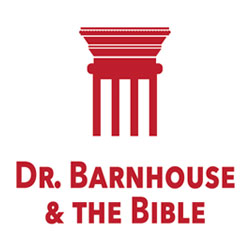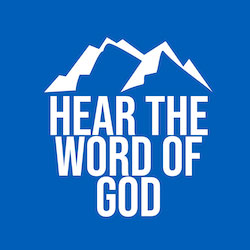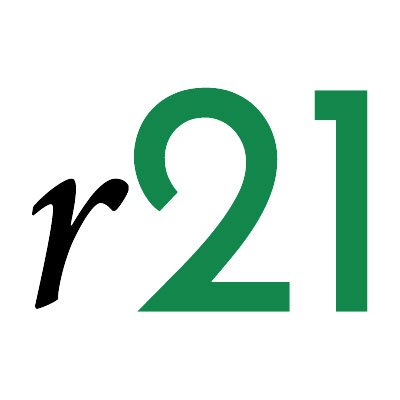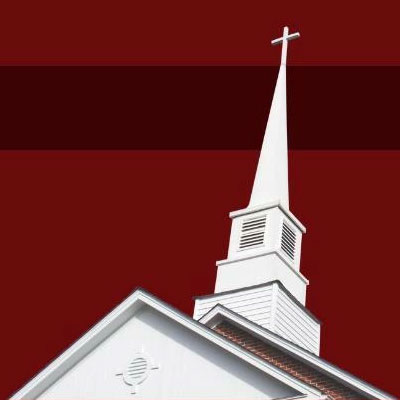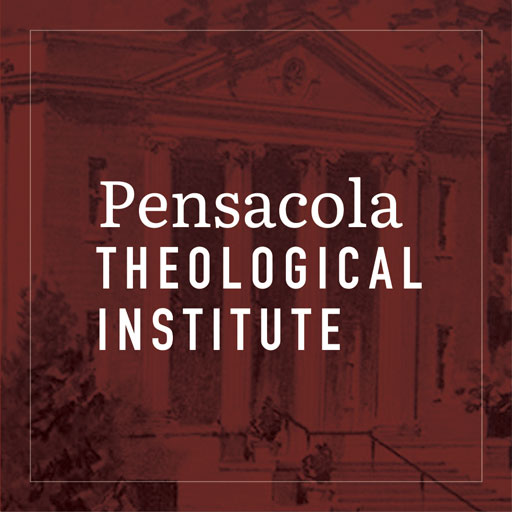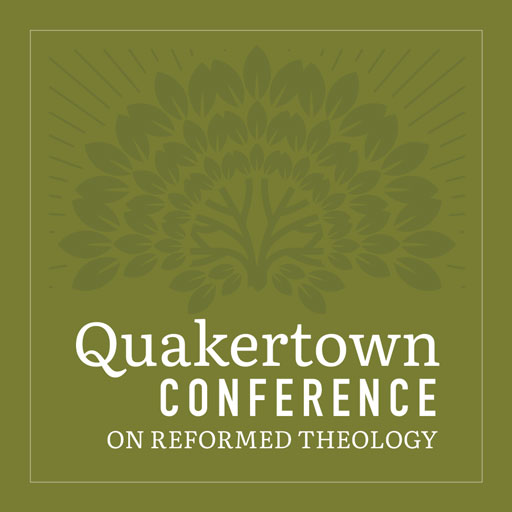
Into the Abyss
Like nearly all the Christian Festivals (however many or few our particular churches may celebrate) the events marked by Easter can easily loom large on our horizons momentarily, only to be forgotten until the following year. If we allow ourselves to lapse into this pattern we can easily lose sight of the year-round, lifelong and eternal significance of what is marked by these seasons in the church calendar – all of which chart the redemptive work of our Lord. Indeed, with Easter especially, the institution of the Christian Sabbath and the Lord’s Supper forbid us from doing so.
So, as the dust of Easter celebrations settles here in Wales after the special services and events held in our little church, some details of the Passion week linger on in my mind. One in particular concerns the great Old Testament preview of the Passion enshrined in the greatest day of the Jewish Calendar: the Day of Atonement.
In terms of the arrangement of the Pentateuch, many Old Testament Scholars, not least Michael Morales in his book, Who Shall Ascend the Mountain of the Lord? (IVP; Downers Grove, IL) 2015, point out that Leviticus is framed as the central focus of the combined message of the five books [scrolls] of Moses. And, even more to the point, the Day of Atonement is located at the centre point of Leviticus and therefore of the corpus as a whole. To the trained eye of the original Jewish readers of the Torah, the structural arrangement of these books and location of this key day in the Jewish year would have said almost as much about its importance as the detailed instructions spelled out for its observance.
The one detail that struck me afresh was what it says about the second goat required for the ritual of that day (Lev 16.8). Many translations render it ‘the scapegoat’, but the ESV has opted to simply transliterate the Hebrew at this point by Azazel. John E. Hartley in his commentary in the Word Biblical series notes, ‘The meaning of Azazel has been lost’[1] and this would certainly lend credence to the ESV’s decision to remain agnostic on how it ought to be rendered.
Another translation, however, ventures another possible rendition that is at least worthy of consideration. The New English Bible[2] opts for ‘the goat for the Precipice’. The justification for this interpretative decision is linked to the later instruction that this animal is to be ‘…driven away into the wilderness to the Precipice’ (Lev 16.10). Whatever the exact referent of Azazel may originally have been, this verse certainly links it with the animal and its sacramental burden’s being ‘gone forever’ – carried into the wastelands, into the abyss.
The high drama of that day would have been burned into the consciousness of every Jew from his or her earliest years. It was the central day of the Jewish year that dramatically portrayed how Yahweh promised to deal with the central problem of their life as a nation and of themselves individually. Their sin, which rendered them guilty and liable before the just and holy God, would be atoned for and removed by the very God against whom they had offended. It was salvation’s story enacted sacramentally as well as related verbally in advance.
Many of its details would have no doubt touched the watchers deeply, but again one in particular stands out. It has to do with the action of the High Priest in relation to the second goat prior to its being led away forever. Moses instructs the officiating priest to lay his hands upon the animal’s head and recite over it the sins of the people (Lev 16.21) before having the creature led out into the place of desolation. We almost have to close our eyes and imagine ourselves to be present in that sacred assembly on that day. More than that, to imagine what it would be like to actually hear that list of offences against God read out loud.
It is one of the features of the human conscience that when we hear a sin mentioned audibly of which we are guilty personally it sends a shiver down our spine. It is as though our sense of guilt is accentuated. Yet the context in which this drama was played out on the Day of Atonement not only exposed human guilt, but simultaneously provided divine expiation.
The High Priest’s act of laying hands on the animal while reciting the litany of wickedness that had contaminated the community was a symbol of transfer. Their sins and their guilt were being vicariously loaded, not only on the goat that had already been put to death, but also now on its companion who would carry them far far away. (By Jesus’ time this drama would have been further enhanced by the fact that a viaduct had been constructed from the Temple precincts across the valley to the West over which the goat would be led away – a lonely spectacle before the silently watching multitudes.)[3] They watched on in a mixture of wonder and relief as that goat bore their sin and shame away…over the precipice.
All of this Old Testament pre-enactment of the true atonement that would take place on that one day that would truly change everything helps us grasp more fully what happened on Calvary. All the symbolic creatures and actions are rolled into the One who was sent from God to take the place of sinners… and into the heaven-piercing cry that marked the depth of Christ’s anguish, but to the ears of those for whom he died the height of our relief.
Some of us grew up with the words of a simple chorus that well captures the wonder of the greatness of the salvation we have in Christ – all that was dramatically prefigured on the Jewish Day of Atonement:
Living he loved me; Dying he saved me;
buried he carried my sins far away.
Rising he justified, freely forever;
one day he’s coming – O, glorious Day!
J. Wilbur Chapman (1910)
[1] Hartley, J.E. Leviticus, (Word Books; Dallas TX) 1992 p.220
[2] The New English Bible (OUP & CUP; 1970)
[3] Edersheim, A. The Life and Times of Jesus the Messiah, (Macdonald Publishing Company;
McLean, VA) 1883 p.112


